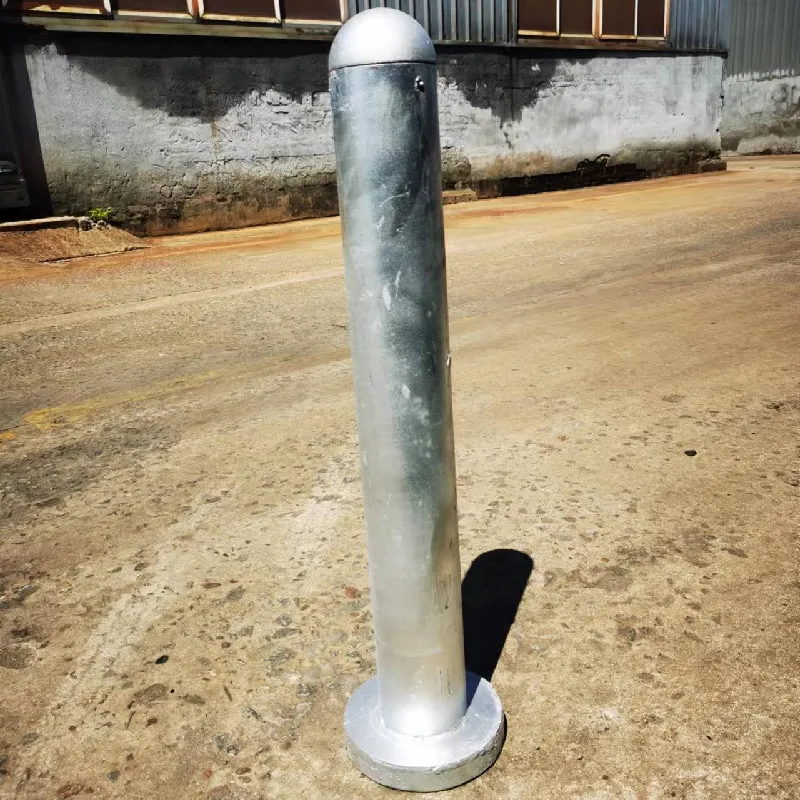Durable Metal Tree Grates for Urban Landscaping and Green Space Design
The Importance of Steel Tree Grates in Urban Design
Urban environments increasingly prioritize green spaces, and as cities expand, the integration of nature into urban settings becomes vital. One element that plays a crucial role in this integration is the steel tree grate. Steel tree grates serve not only as functional installations but also as aesthetic enhancements to urban landscapes. In this article, we will explore the importance, benefits, and design considerations of steel tree grates in urban planning.
What are Steel Tree Grates?
Steel tree grates are protective circular or square structures placed around the base of trees in urban areas. They allow pedestrians to walk freely over tree roots while providing a defined space for the tree to grow. Made from durable materials like steel, these grates facilitate water drainage and are designed to support proper airflow to the roots. The importance of these grates cannot be overstated, as they perform multiple roles in maintaining the health of urban trees.
Benefits of Steel Tree Grates
1. Protection of Tree Roots The primary function of tree grates is to protect tree roots from compaction and damage. In urban areas, tree roots are often at risk from pedestrian traffic, road maintenance, and the installation of utilities. Steel grates provide a protective barrier, ensuring that roots have the space they need to stretch and access nutrients.
2. Aesthetic Appeal Steel tree grates come in a variety of designs, patterns, and finishes, making them an excellent choice for enhancing the aesthetic quality of public spaces. These grates can blend seamlessly into the urban landscape, providing an elegant touch to sidewalks, plazas, and parks. Thoughtful design can create visual interest while also complementing surrounding architecture.
3. Improved Safety By covering tree pits, grates prevent tripping hazards for pedestrians, a significant concern in busy urban areas. With properly designed grates, the likelihood of accidents decreases, contributing to the overall safety of public spaces. Moreover, grates can deter animals from digging around the roots, which could otherwise compromise the health of the tree.
steel tree grates

4. Environmental Benefits Implementing steel tree grates is beneficial for urban ecology. Trees improve air quality, provide shade, and support biodiversity. By ensuring tree health and growth, grates contribute to these ecosystem services, ultimately leading to a more sustainable urban environment.
5. Ease of Maintenance Steel grates are designed to withstand weather conditions and require minimal maintenance. Unlike wooden alternatives, steel is resistant to decay and can endure various climates without significant wear and tear. Easy access for maintenance tasks, such as irrigation and pruning, is another advantage that urban planners appreciate.
Design Considerations
When designing steel tree grates, several factors must be considered to optimize their functionality and aesthetics. The size of the grate should accommodate the mature spread of the tree's roots while fitting seamlessly within the urban layout. Designers should also consider the spacing between grate slats to prevent debris accumulation while allowing necessary airflow and water penetration.
Selecting the right finish and design is equally important. Steel grates can be powder-coated or treated to resist rust and corrosion, ensuring longevity. Engaging with local communities during the design process can help create grates that reflect the cultural identity of the area, enhancing community pride.
Conclusion
Steel tree grates are essential components of urban landscaping that significantly contribute to the health and longevity of city trees. Their multifaceted benefits—protection, aesthetic enhancement, improved safety, and environmental contributions—make them invaluable in modern urban design. As cities continue to evolve, integrating functional and beautiful elements like steel tree grates will be crucial in creating vibrant, sustainable, and livable urban spaces. By investing in these structures, urban planners can foster healthier ecosystems while providing safe and appealing environments for residents and visitors alike.
-
The Smarter Choice for Pedestrian AreasNewsJun.30,2025
-
The Gold Standard in Round Drain CoversNewsJun.30,2025
-
The Gold Standard in Manhole Cover SystemsNewsJun.30,2025
-
Superior Drainage Solutions with Premium Gully GratesNewsJun.30,2025
-
Superior Drainage Solutions for Global InfrastructureNewsJun.30,2025
-
Square Manhole Solutions for Modern InfrastructureNewsJun.30,2025
-
Premium Manhole Covers for Modern InfrastructureNewsJun.30,2025
